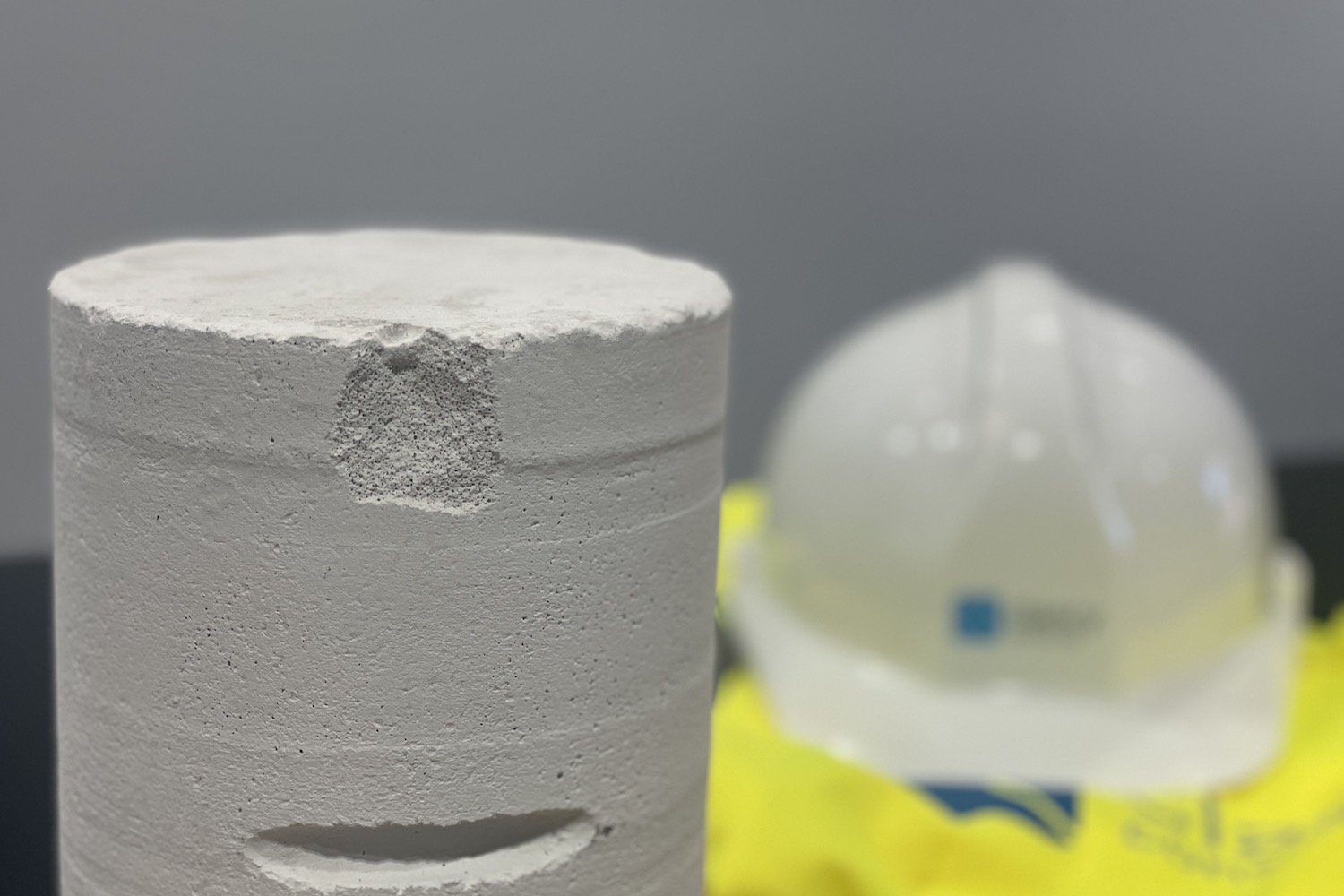Navigating the uncertainty: RAAC in schools and building safety guidelines
Article posted on: 6 September 2023
Late last week, and only days before children were due to return to school, the Department for Education (DfE) released advice to all schools in England recommending they “vacate all spaces or buildings that are known to contain RAAC, unless they already have mitigations in place to make the building safe”. Initially, it was suggested that only 100 or so schools might be affected. However, it would appear that these numbers only referred to those schools where RAAC had already been identified, with many schools yet to undergo initial assessment.
It is unclear at present what the Government would consider adequate mitigation and whether, for example, adhering to the latest guidance published by the Institution of Structural Engineers (IStructE) in April 2023 will suffice. Certainly, the advice itself has not changed, with the IStructE responding on Friday by issuing a statement wherein they maintain that “If properly designed, manufactured, in good condition and with good bearing, RAAC installations are considered safe”. However, in her latest address to Parliament (04.09.23) the minister responsible, The Rt Hon Gillian Keegan MP, referred only to the use of structural supports or temporary buildings, implying that reliance on the structural performance of the plank alone, regardless of its condition, would not be acceptable.
Over the weekend, and referred to by the Minister, stories have begun to emerge in the press of three recent failures which are claimed to have helped inform the Government’s decision. There is unfortunately very little detail available in the public domain about the circumstances of these failures, or therefore any ability for building professionals to consider their implications.
How long it takes for other public departments to follow suit and adopt the DfE’s guidance remains to be seen but, in the meantime, this lack of clarity is causing some considerable concern and is placing those responsible for the repair and maintenance of public and private buildings in an invidious position. Whereas previously, they may have felt confident knowing they had behaved responsibly by acting on the best technical advice available to mitigate the risks, now surely there will be some doubt if others are believed to be doing more.
And it matters little if, as widely reported, hospitals have made greater progress on dealing with the risks associated with the use of RAAC in their buildings, if the advice upon which that progress was based is about to become obsolete.
Richard Harries, Divisional Director comments, “Hopefully Government will soon disclose in greater detail the circumstances of their decision, and the events that preceded it, so that informed civil and structural engineers can reflect upon this and, if necessary, amend their approach.
“Until then, our engineers are continuing to provide sound technical advice, consistent with research completed by the IStructE, Collaborative Reporting for Safer Structures UK (CROSS UK) and the Building Research Establishment (BRE), but also making clients aware of the wider issues so they can make the best possible decisions applicable to their circumstances. And, where further mitigation is required, they are able to draw upon a wealth of experience to offer pragmatic solutions that are appropriate for the particular building in question, its use and condition.”
Please refer to the adjacent flyer >> for further information and how we are supporting our clients.
Should you have any concerns about the presence of RAAC in your property, please contact a member of the team.
North - Richard Harries
Midlands - Wendy Stanton
London & South - Andrew Moffatt
East Anglia - Tom Hutchinson
Scotland - Bobby Bisset


